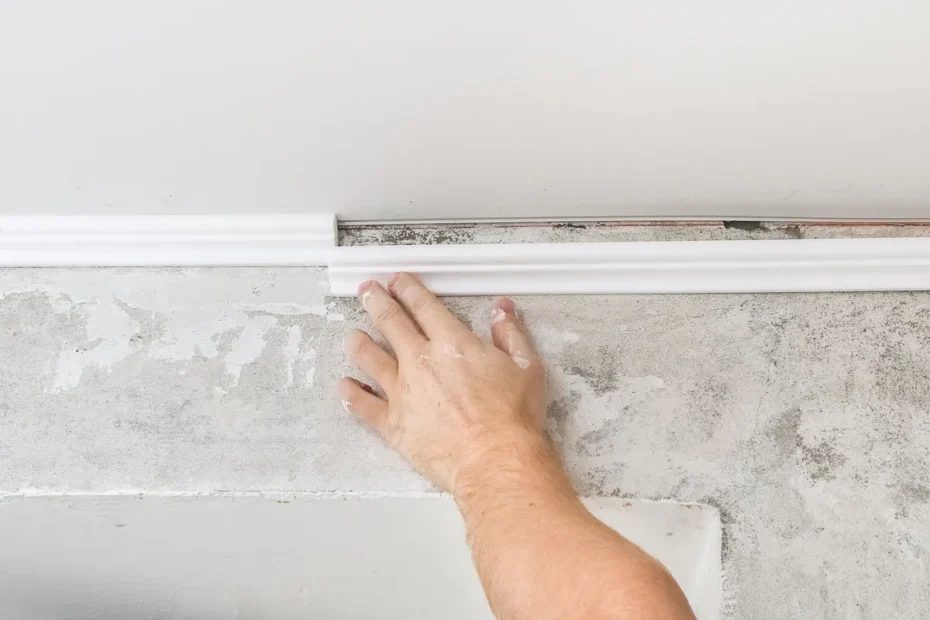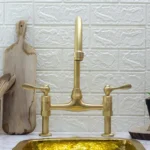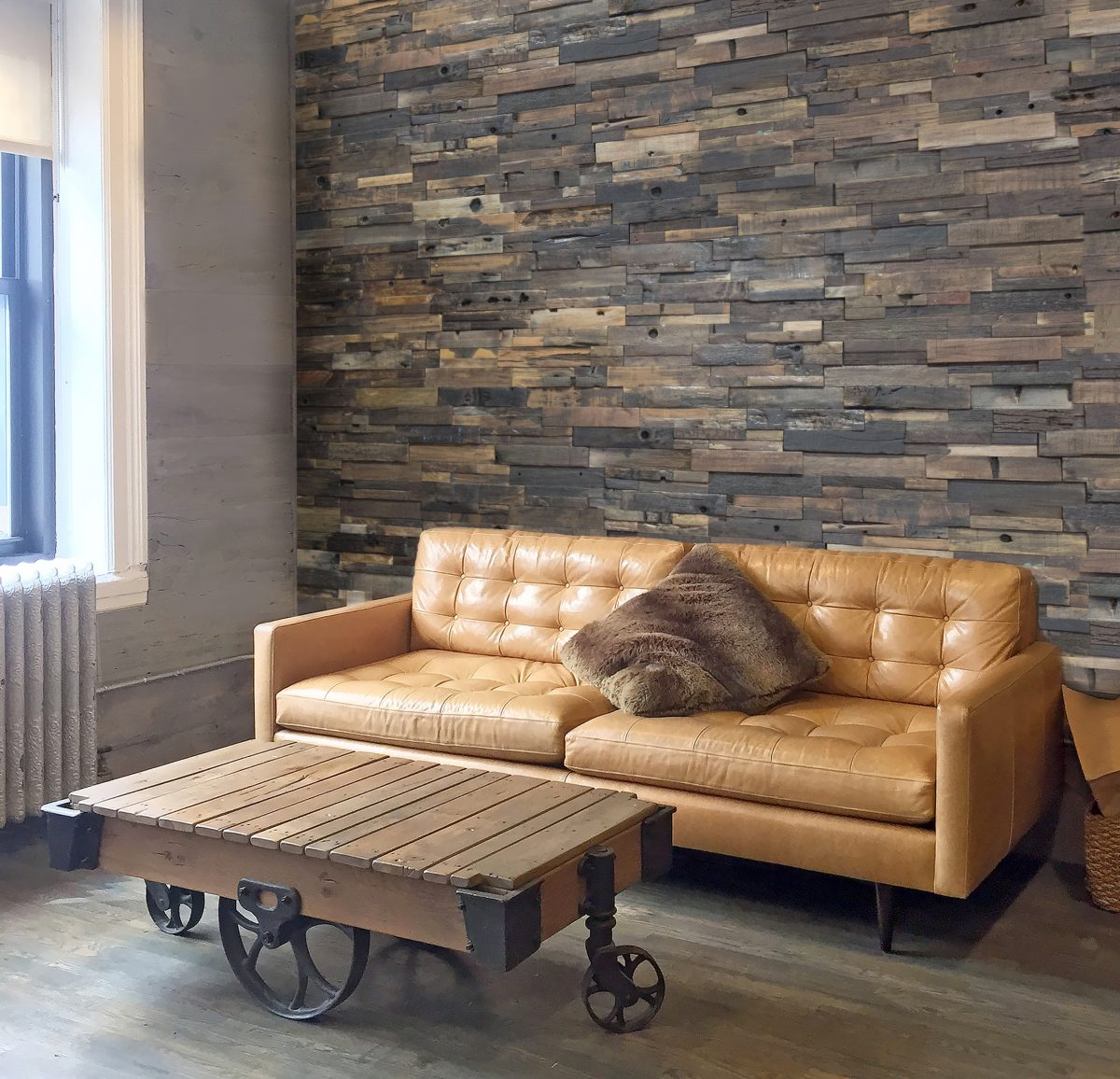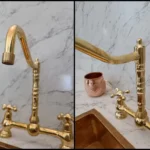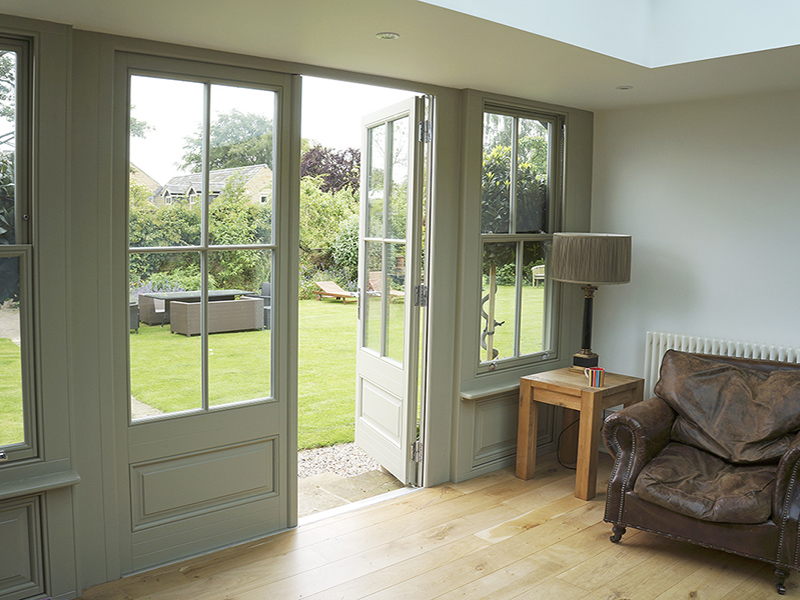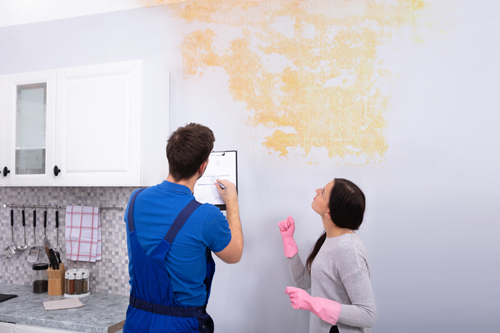Shoe molding is a narrow, decorative trim placed at the base of baseboards to cover gaps between the flooring and the wall—**enhancing visual continuity while also protecting the baseboard edges from dust, debris, and damage. It is an essential detail that contributes to a finished and professional interior look.
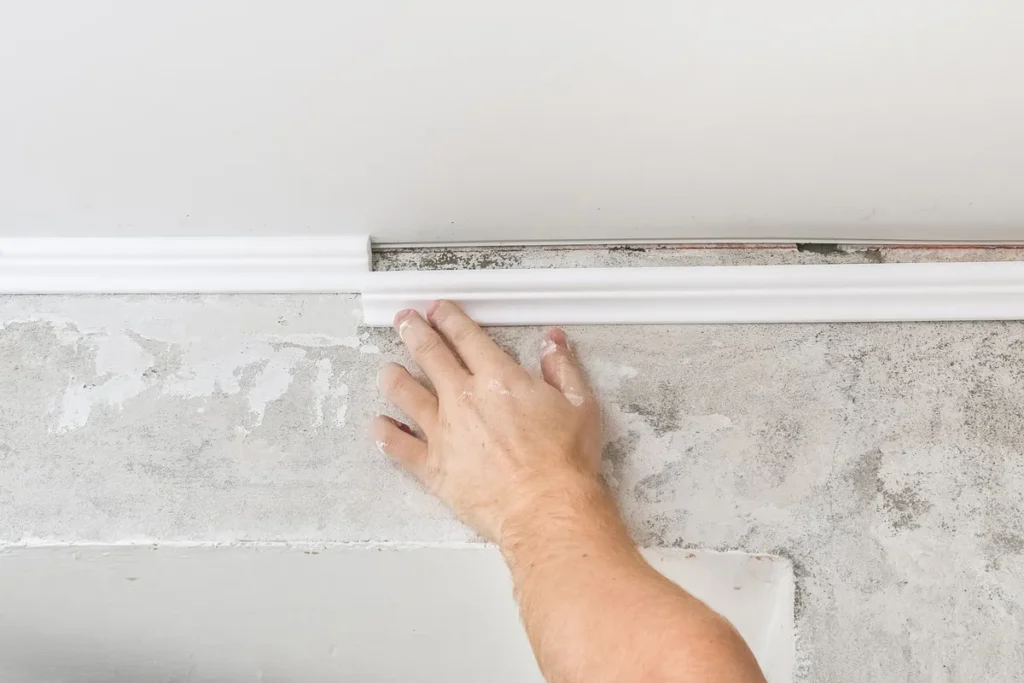
Content
What is Shoe Molding?
Shoe molding is a type of floor trim designed to fill small gaps between the floor and baseboard molding. It provides a smooth transition, especially in spaces where the floor surface is uneven. Its slim profile allows it to bend slightly, offering better flexibility compared to other trim molding types. While decorative, it also plays a practical role by protecting both flooring and baseboards from impact and wear.
This molding is often confused with quarter round molding, though they differ in profile. Where quarter round is a full 90-degree arc, shoe mold is slightly narrower and less protruding, which makes it more refined and subtle in appearance.
Shoe Molding vs Quarter Round – Key Differences
When comparing shoe mold vs quarter round, understanding the subtle differences helps in selecting the right trim for your interior design.

- Shoe molding has a smaller radius and more delicate appearance, ideal for narrow spaces and minimalist aesthetics.
- Quarter round molding features a fuller curve and protrudes more, making it better suited for rooms that need a more robust transition between wall and floor.
Although both serve to hide gaps, your choice depends on the room’s layout, baseboard molding style, and personal preference. Professionals often prefer shoe mold in contemporary designs due to its refined look.
How to Install Shoe Molding (Step-by-Step)
Learning how to install molding empowers homeowners and remodelers to improve finishing without professional help. Follow this streamlined process:

- Measure your wall lengths precisely to determine how much molding you need.
- Cut your molding using a miter saw for clean, angled edges.
- If needed, paint or stain the molding before installation.
- Apply either finish nails or best adhesive for shoe mold, depending on whether you prefer permanent or non-invasive mounting.
- Carefully press the molding into place, keeping it tight against the floor and baseboard.
- Fill in nail holes or small gaps with wood filler or caulk and touch up with paint as needed.
The installation process is straightforward and enhances the quality and visual consistency of any room.
Shoe Molding Ideas & Design Inspiration
Selecting the right molding ideas can significantly influence a room’s final look. Various material options allow for both design flexibility and performance durability:
- Wooden molding pairs naturally with hardwood floors and can be stained to match.
- MDF shoe molding offers affordability and ease of painting for uniform looks.
- PVC molding resists moisture and is perfect for humid environments like kitchens and bathrooms.
You can elevate your design home further by combining shoe mold with features such as crown molding or wainscoting. Matching the color of molding to the baseboard molding creates unity, while contrasting finishes add modern flair.
Where to Buy Molding (Local and Online Options)
Whether you’re searching for premium or budget-friendly trims, there are reliable places to buy molding online and offline:
- Home Depot and Lowe’s offer a wide inventory of trim types and materials.
- Amazon provides fast shipping and multiple sizes, making it ideal for urgent projects.
- Independent molding suppliers often provide custom molding services, which are perfect for specific dimensions and custom finishes.
If location-based search is your priority, using queries like shoe mold can lead you to nearby stores.
Conclusion
Investing in molding is a smart way to enhance the quality and detail of your interiors. Whether you’re working with hardwood, vinyl, or laminate, it ensures a seamless floor-to-wall transition. From comparing molding vs quarter round to exploring unique shoe molding ideas, every design decision adds character and cohesion to your living spaces.
The process of how to install shoe mold is manageable and highly rewarding, especially when done with quality materials and a clear design plan. For added convenience, explore regional vendors or buy shoe mold online to find exactly what you need. Choosing custom shoe mold, especially when working with irregular layouts or niche spaces, can be a game-changer.
Frequently Asked Questions About Molding
What is the purpose of shoe molding?
The primary purpose of molding is to conceal gaps and protect baseboards from damage, especially where flooring materials may shift or leave irregular edges. It adds visual continuity and a cleaner finish.
Can you install shoe molding without nails?
Absolutely. Many homeowners opt for installing molding without nails by using strong construction adhesives. This method minimizes wall damage and is often ideal for temporary or rental spaces.
Should I use quarter round or shoe molding?
Choosing between quarter round vs molding depends on visual preference and space. Opt for quarter round if you want a bolder trim. Choose molding for a sleek, contemporary finish.

My name is Author Name. I post about home improvement ideas and how to make your home look beautiful and liveable. I hope my posts will help you with your DIY projects!
